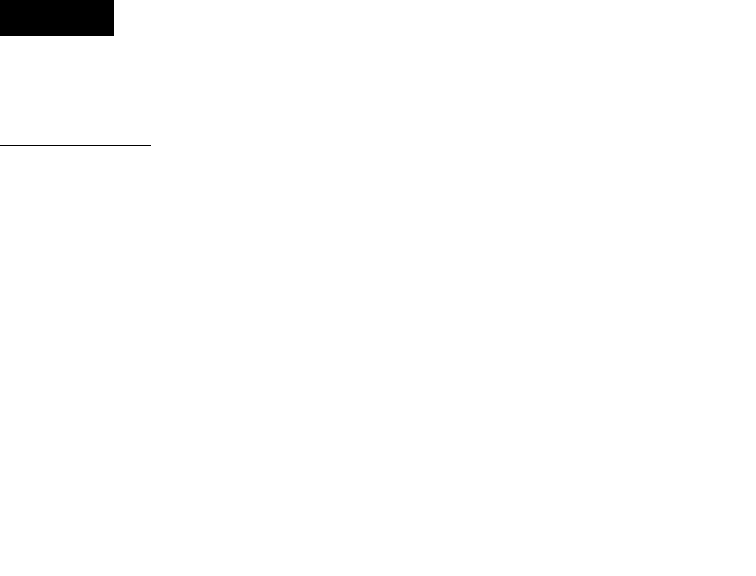
Your SIMMONS Laser Rangefinder is a precision instrument designed to provide many years of enjoyment. This booklet will help you achieve
optimum performance by explaining its adjustments and features as well as how to care for this precise laser rangefinding instrument. To ensure
optimal performance and longevity, please read these instructions before using your SIMMONS Laser Rangefinder.
INTRODUCTION
Your Simmons LASER RANGEFINDER is the world’s most simple to use, yet advanced laser rangefinder. The Simmons Laser Rangefinder utilizes
Digital Technology and delivers superb and accurate range performance to +/- one yard. Range to a deer or a golf flag as far as 200 yards out, or
to a tree 400 yards away for a reference point. The single button operation allows outdoor enthusiasts to easily measure distance with confidence.
The SIMMONS LASER RANGEFINDER emits invisible, eyesafe, infrared energy pulses. Sophisticated digital technology instantaneously calculates
distances by measuring the time it takes for each pulse to travel from the rangefinder, to the target, and back.
The ranging accuracy of the SIMMONS LASER RANGEFINDER is plus or minus one yard under most circumstances. The maximum range of the
instrument depends on the reflectivity of the target. The maximum distance for most objects is 400 yards while for highly reflective objects the
maximum is 800 yards. Note: You will get both longer and shorter maximum distances depending on the reflective properties of the particular
target and the environmental conditions at the time the distance of an object is being measured.
The color, surface finish, size and shape of the target all affect reflectivity and range. The brighter the color, the longer the range. Red is highly
reflective, for example, and allows longer ranges than the color black, which is the least reflective color. A shiny finish provides more range than a
dull one. A small target is more difficult to range than a larger target. The angle to the target also has an effect. Shooting to a target at a 90 degree
angle (where the target surface is perpendicular to the flight path of the emitted energy pulses) provides good range while a steep angle on the
other hand, provides limited ranging. In addition, lighting conditions (e.g. the amount of sunlight) will affect the ranging capabilities of the unit. The
less light (e.g. overcast skies) the farther the unit’s maximum range will be. Conversely, very sunny days will decrease the unit’s maximum range.
2
ENGLISH


















